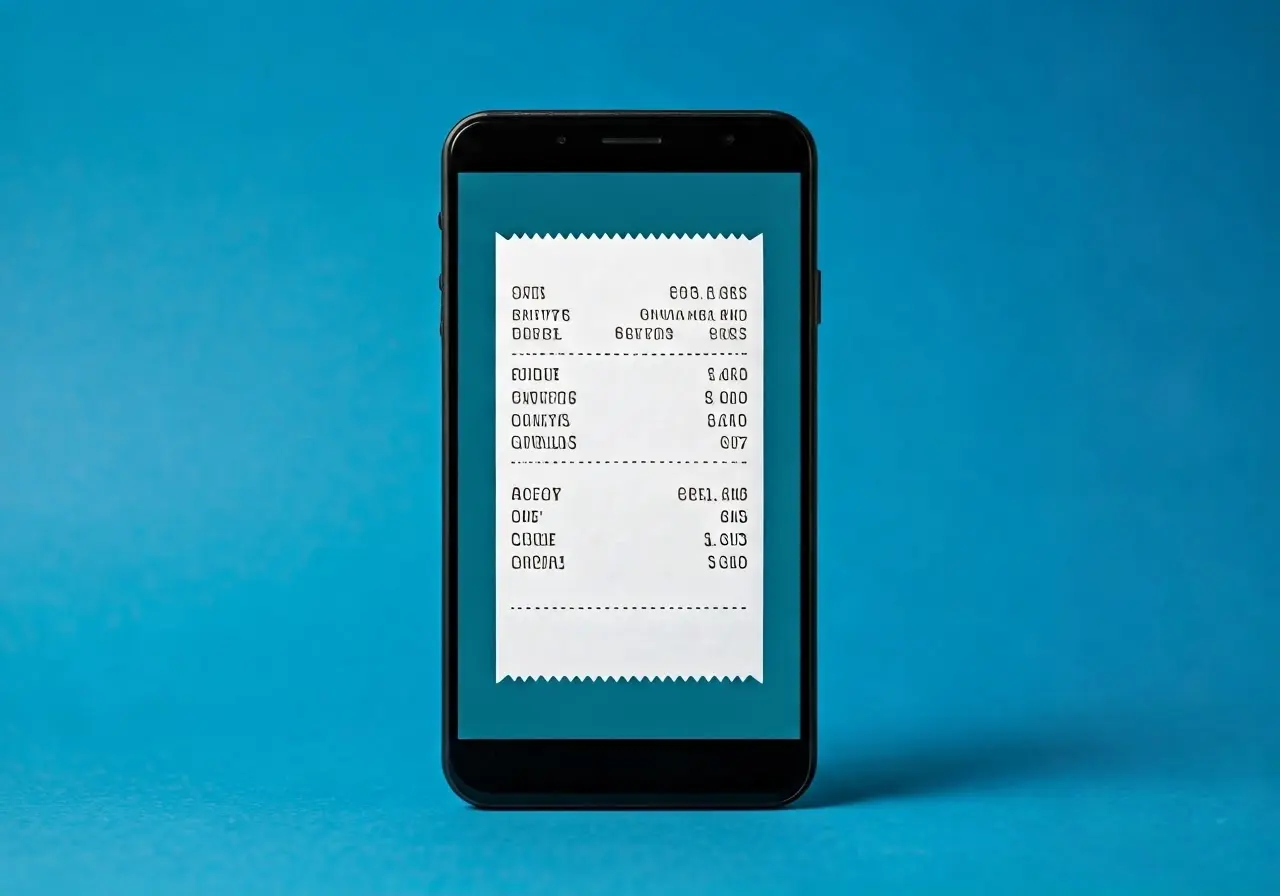With the rise of digital technology in our everyday lives, the use of paperless receipts has become increasingly popular. They offer convenience and contribute to reducing paper waste, but it raises a critical question: are these digital documents secure for maintaining our records? In this FAQ blog, we’ll address common concerns and help you understand the security aspects of using paperless receipts.
What Are Paperless Receipts?
Paperless receipts, also known as digital receipts, are electronic versions of traditional paper receipts, typically sent directly to your email or accessible through an app after a purchase. As we move towards a digital-first world, these receipts are not just replacing paper receipts but also offering enhanced features that make managing personal and business expenses more streamlined.
Electronic receipts can integrate seamlessly with financial management apps, allowing you to categorize and track your spending without the hassle of manual entry. This integration helps in maintaining accurate records while simplifying the cumbersome task of organizing physical receipts, which often end up lost or damaged.
With digital receipts, businesses can significantly cut down on the use of paper, thus contributing to environmental sustainability. According to a recent study, millions of trees are cut annually to produce paper receipts which mostly end up as waste. Therefore, by adopting paperless receipts, not only is your receipt management simplified, but you also contribute to reducing your carbon footprint.
How Do Paperless Receipts Work?
After a transaction, merchants send an electronic copy of the receipt via email or an app, allowing you to access and store it digitally. This process is as simple as providing your email or phone number at checkout, ensuring that your receipt is sent to your preferred digital channel.
The digital nature of e-receipts allows them to be easily stored and retrieved when needed. Gone are the days of maintaining bulky paper copies or spending time scanning documents. Many businesses also provide cloud storage options that automatically sync your receipts, offering secure backup and easy retrieval.
For businesses, managing e-receipts can result in more efficient record-keeping and compliance with tax regulations. Countries like the UK and several European nations now legally recognize digital receipts, as they fulfill all auditing and legal requirements (e-Receipts in the UK).
Security Concerns with Paperless Receipts
Key concerns include data breaches, unauthorized access, and loss of data if not properly backed up or stored. Digital documents like e-receipts can contain sensitive information such as payment details, which could be vulnerable to hackers if not protected.
To combat these concerns, businesses and consumers need to be mindful of the platforms they use for storing e-receipts. Choosing apps and email services with strong encryption protocols and robust privacy measures is crucial in preventing unauthorized access (Why Online Receipts are the Future).
Another potential security issue is the risk of phishing scams. Fraudulent emails posing as legitimate e-receipts can contain malicious links. Thus, ensuring the authenticity of the sender before opening files or hyperlinks is essential to safeguard your digital security.
How to Ensure Your Digital Receipts Are Secure?
Implement strong passwords, use encrypted storage solutions, and regularly back up your digital receipt collections to reduce security risks. Employing multi-layered security protocols such as two-factor authentication can further safeguard your sensitive data.
Utilizing cloud storage platforms that offer encryption services is a proactive approach to securing your e-receipts. Explore solutions tailored for digital receipt storage which automatically encrypt and categorize them for easier retrieval and security compliance.
Regularly auditing your stored receipts and updating security measures can fortify your digital defenses against emerging threats. Staying informed about the latest security trends and potential vulnerabilities in digital storage can enhance your data protection strategies.
Advantages of Using Paperless Receipts
Besides security, they offer environmental benefits by reducing paper waste, and provide convenient access and organization for personal and business expenses. This shift also contributes to reducing the environmental impact of producing and disposing of paper receipts.
Online systems afford users the luxury of accessing their transaction history from anywhere, which facilitates financial management and budgeting. This level of accessibility is magnified when paired with personal finance software that can automate tracking and analytics.
Moreover, digital receipts integrate easily with accounting software, enhancing data precision and reducing entry errors, which simplifies tax preparation and auditing processes. Many users find that automated systems to digitize receipts save time and effort, ensuring their records are accurate and comprehensive.
By opting for e-receipts, consumers are also engaging in a sustainable choice that reduces reliance on paper, conserves natural resources, and diminishes overall environmental impact (Combat Clutter with Online Receipts).
Final Thoughts on Paperless Receipts Security
In conclusion, paperless receipts can indeed be secure for your records when the appropriate measures are taken. Utilizing encryption, secure storage methods, and regular backups can help safeguard your digital documents against potential threats. Embracing this digital shift not only enhances convenience but also supports environmental sustainability. Ready to transition to digital receipts for better financial management? Visit our homepage to learn more.
Ready to simplify your life? Download the Receipts and Returns app today and take the first step toward a paperless, stress-free shopping experience.
Click App Store & Play Store


